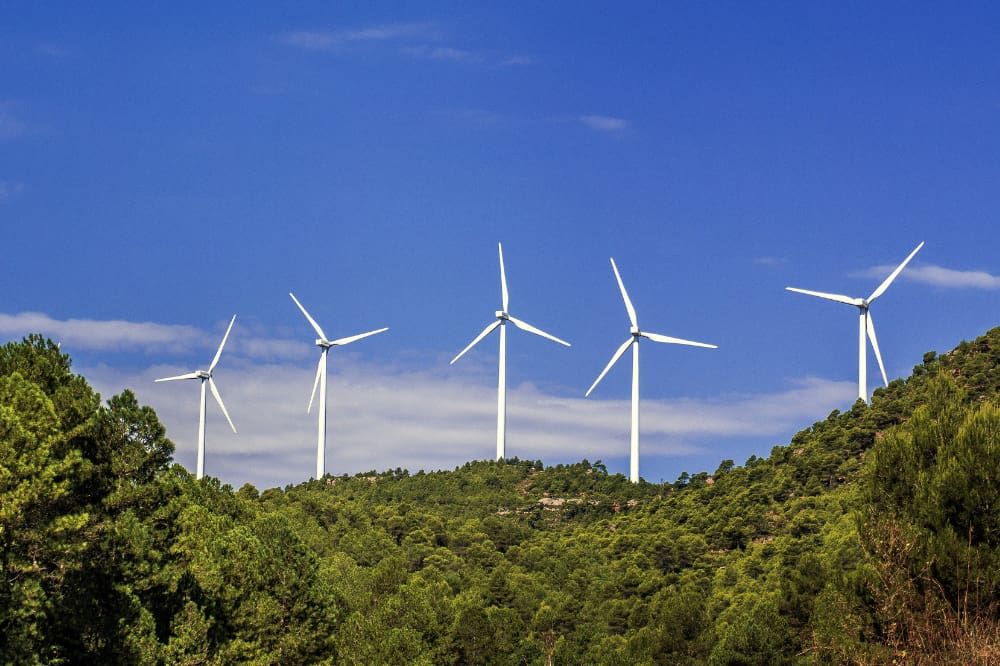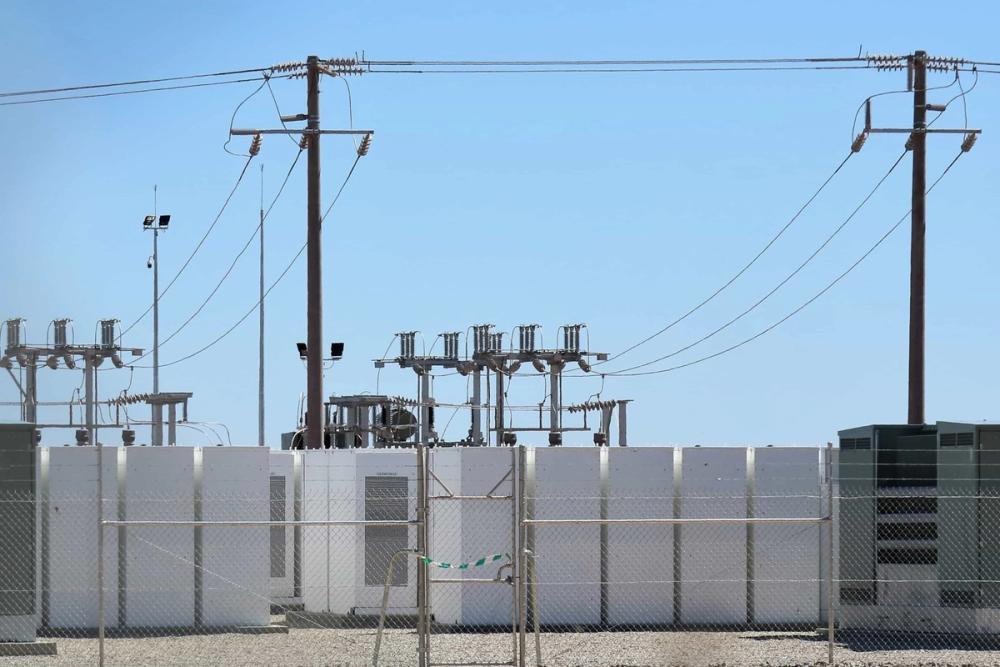Capacity Market 2023: Phase 2 Proposals and 10 Year Review – Balance Power Projects Response

Nick Provost at Balance Power have provided a response to the wide-ranging Phase 2 consultation on the Capacity Market looking at some more conceptual changes that should be considered to align Capacity Market objectives with the transition to net zero.
Part B: 10 year Review of the Capacity Market
Q5. Do you agree that the objectives of the Capacity Market are still appropriate?
When the Capacity Market was developed, the objectives that were considered were appropriate and met the prevailing challenges at the time. However, it is my view that due to the changes in the composition of the electricity supplying the grid and the direction of travel seen over the last 5 years set to continue and possibly accelerate, some changes to the objectives are necessary to ensure best value for money and alignment with wider net zero objectives.
The main change that has occurred over the last ten years is the increasing misalignment between generation and demand of electricity at any particular time. Whilst the current Capacity Market mechanism objectives such as 'Security of Supply' that are designed to ensure investment in supply can help with any 'Demand Excess'; the other side of the equation covering 'Generation Excess' is not allowed for.
Current curtailment payments to renewable energy operators were £1,192m(1) during calendar 2021 and this future is expected to increase further as more and more variable renewable energy (VRE) generators are brought online and traditional fossil-fuel fired dispatchable generation is decommissioned. Investment in technologies to help mitigate against and reduce these costs (caused by a 'Generation Excess') should be considered in the same way as mitigating against and reducing costs incurred by a 'Demand Excess'.
Therefore we think that the 'Security of Supply' objective should be expanded to cover alignment in both directions, perhaps under a moniker of 'Maximising Alignment between Supply and Demand' or similar.
(1) Figure compiled Aurora Energy Research from data provided by National Grid covering thermal, voltage and stability constraints.
Q14. Are there any other improvements to the Capacity Market that would help support the transition to net zero? Please provide evidence to justify your answer.
The growing misalignment between instantaneous supply and demand is only going to increase, both in terms of frequency (number of hours) and volume (number of MWh), due to the increased deployment of variable renewable energy (VRE) generation, decommissioning of fossil-fuel fired dispatchable generation and the anticipated increase in electrical demand due to electrification of transport and heating.
Some projections have the total UK electricity demand increasing to approx. 500TWh by 2050 which is a two-thirds increase of approx. 300TWh today. It is therefore inevitable that with a generation mix that will proportionally contain more VRE relative to dispatchable fossil-fuelled equivalents will be more susceptible to increasing misalignment between supply and demand simply due to weather and sunlight not being consistent over long periods of time. This left unchecked will increase costs for consumers due to continued reliance on expensively keeping fossil-fuel assets available for short
periods plus having to increase payments to VRE operators to not generate 'net zero compatible' electricity.
Three key improvements/changes to the Capacity Market system would help the transition to net zero. These ideas do link to each other and assume that all would be implemented within the wider explanation. These are:
1. Split the Capacity Market into two sections; one similar to the existing Capacity Market paradigm of encouraging investment in assets that can increase supply in periods of 'Demand Excess' and another to encourage investment in assets that can absorb excess VRE generation to limit curtailment payments during 'Generation Excess'. Assets classes that can operate in both directions should be allowed to bid into both sections and not be restricted to a single section. Possible names for these are 'Capacity Market Low' (CML) for the current paradigm and 'Capacity Market High' (CMH) for the absorbing assets. The 'Low' and 'High' have been chosen here as they mimic the equivalent designations for other ancillary services.
2. A location component needs to be considered for Capacity Market assets. The reason for this is that some transmission bottlenecks will prevent and limit the impact of a Capacity Market asset in certain situations. For example a Capacity Market asset above the B4 boundary in Scotland during times of system stress caused by 'Demand Excess' would be much less useful than a similar asset south of the B8 boundary in England that is much closer to the demand centres. The same would apply in reverse for a proposed new 'Capacity Market High' product as an asset south of the B8 boundary in England will be much less capable of absorbing power from a Scotland wind farm north of the B4 boundary. Different levels of sophistication will exist for this but a good compromise is to split GB into 7 different regions where transmission constraints are most acute and apply a multiplier based on the likely zonal need for the 'Low' and 'High' products. It would be unlikely that the multipliers would never need changing, these would change based on continued modelling of the GB network.
3. If Long Duration Electricity Storage (LDES) is still likely to fall within the Capacity Market bracket then these systems need much higher derating factors to attract investment. Having a derating factor of greater than 1 should be considered exclusivity for long duration storage due to the net zero compatibility. This maybe much more critical in the 'High' product as 'Demand Excess' peaks are often less than 2 hours whereas excess 'Generation Excess' from VRE can be much longer than this. It maybe worth creating 2D matrices of location and duration as the value of longer duration assets maybe different across the country.



